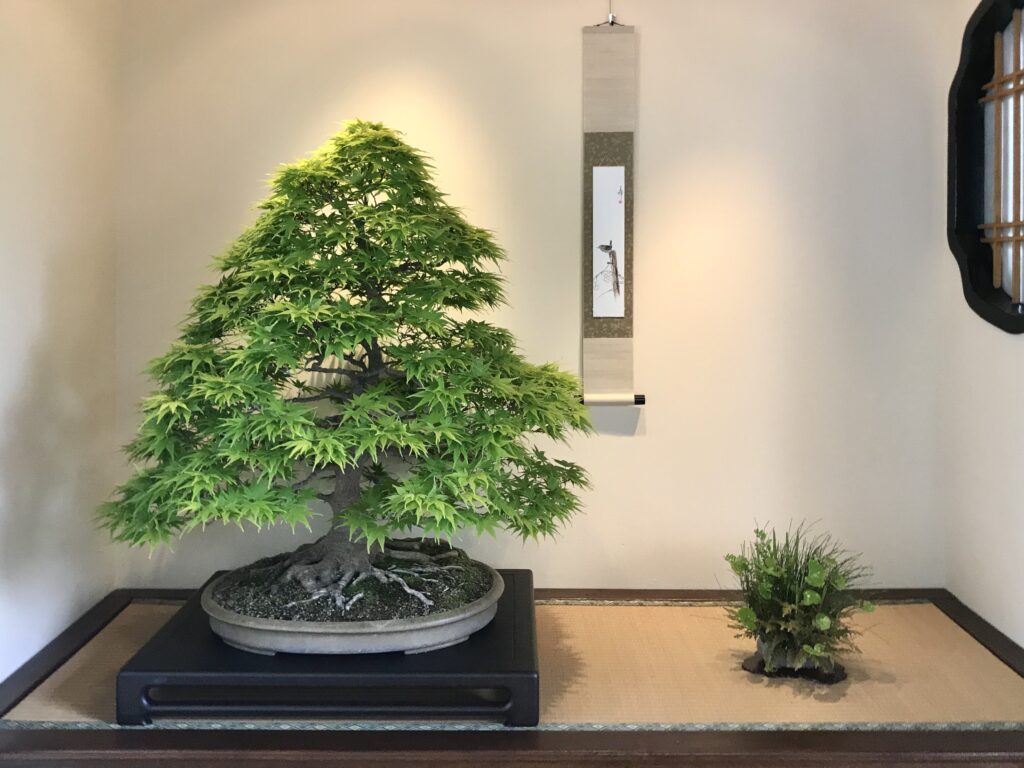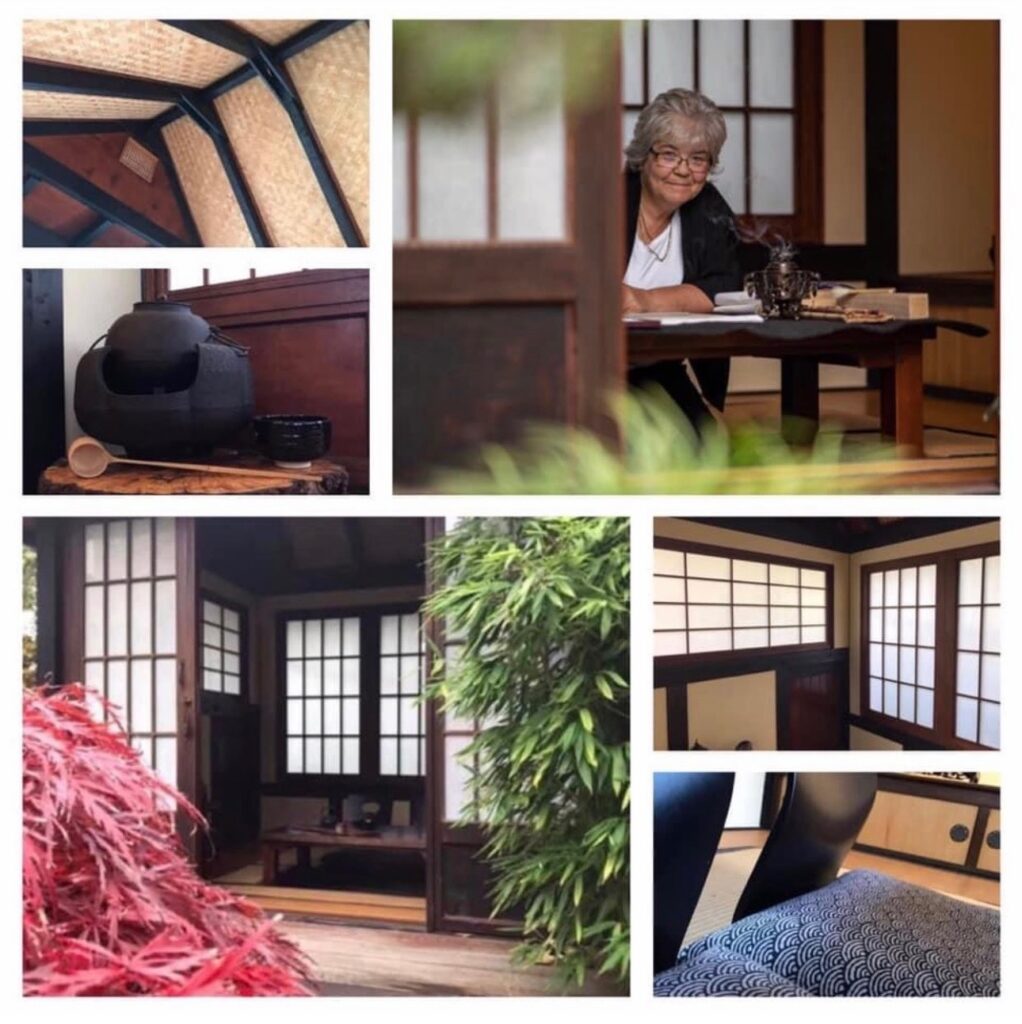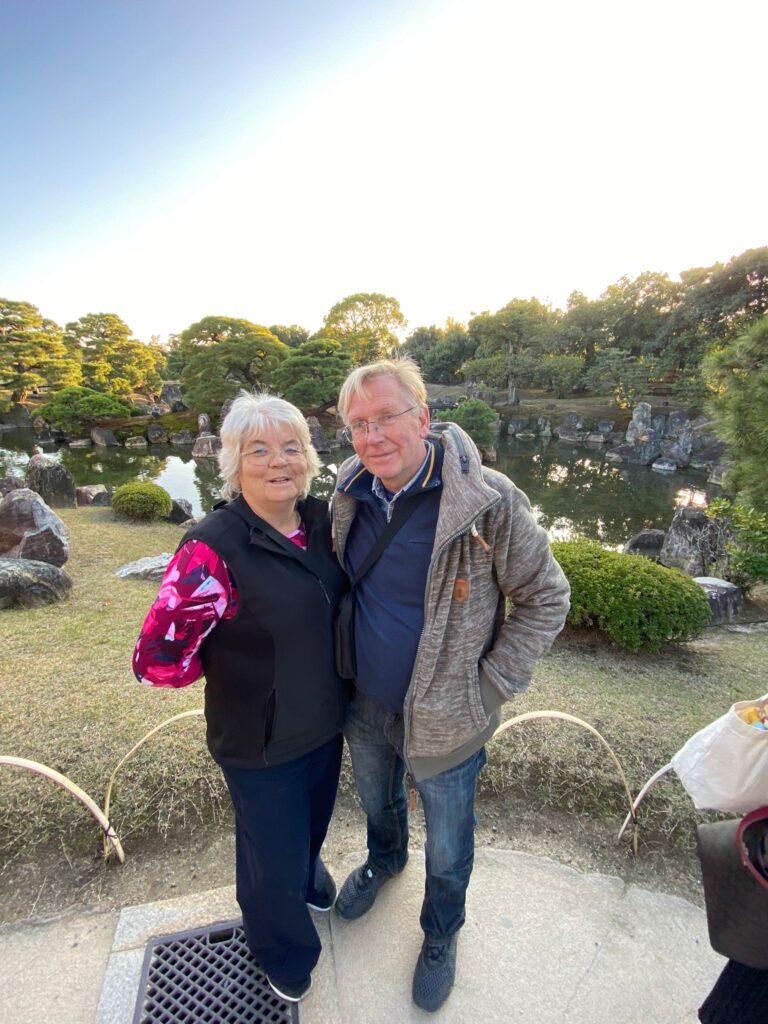Text by Rolf & Doris Maeter
How I became interested in Japanese culture
Bonsai (盆栽), Kakejiku (掛け軸), tanzaku (短冊) – Japan has a number of world-class cultural treasures. My wife and I have been fascinated by the beauty of Japanese culture, which is now at the heart of our lives, and we are widely promoting its appeal from Germany. We would like to introduce some of our activities.
I have been actively pursuing the bonsai hobby since 1989. After seeing a small bonsai exhibition in the bank branch in the late 1970s, my interest in the small trees was awakened. I bought my first bonsai during a vacation in Austria in 1989.

Of course, I didn’t stop at one tree. Today, I have more than 150 trees in my collection, some of which were imported from Japan, while others were collected by myself as ‘yamadori (山採り : To dig up a natural tree growing wild in the mountains and place it in a pot to make it live) and shaped into bonsai over the years.
Since 2014, I have also regularly taken part in exhibitions in Germany with my trees and have already won several prizes for my presentations.

Family love of Japanese culture
During this time, our children Robin (1992) and Malika (1995) grew up and were introduced to bonsai and Japanese culture.
Robin began studying Japanese culture at the age of 14 and pursued this hobby very intensively. Robin spent all his pocket money to buy an original Japanese Kakejiku. It became more than just a hobby for him.
This is also the age at which puberty begins and, as parents, We thought to ourselves: “If Robin is so intensively involved in this hobby, there’s no time for silly ideas!”
We let Robin act completely independently. He built up all his contacts in Japan, improved his English on the side, made his own purchases, and tried to find dealerships in the bonsai scene. Eventually, it became a small business: DAIBOKAI.
DAIBOKAI was founded in January 2007 – Robin created the name DAIBOKAI and designed a suitable company logo. An internet store was created: www.daibokai.com.
When customers increasingly asked for small or short scroll pictures to present them at exhibitions with bonsai or suiseki, Robin ordered the first ‘KAKE’ holders for insert pictures (shikishi (色紙), tanzaku …) in Japan, which were specially made. They were no longer than 90 cm. Initially, the corresponding painted inset pictures were purchased in Japan.

As it soon became apparent that most of the inset paintings purchased did not meet the expectations of the European exhibitors, Doris began to put her acquired knowledge of painting into practice in 2011 and started to paint on original blank tanzaku and blank shikishi.
DAIBOKAI now has customers all over the world. The range has now expanded considerably and Doris also accepts painting commissions on request.
What is really nice is that a DAIBOKAI business relationship has developed into an almost family-like relationship.

Make use of your special skills as a painter
I loved painting even as a child. From 2006 to 2020, I regularly took part in painting courses: Acrylic painting. I also took private lessons in sumi-e (墨絵) painting. Since 2011 I have been painting on Japanese insert cards (Shikishi, Tanzaku …) with watercolors!

Interest in bonsai in Germany – as in other European countries – continues to grow slowly. What is different from Japan is the fact that many younger people in Europe are interested in bonsai and practicing this wonderful hobby.
This can also be seen in the many exhibitions that take place in Europe every year. Probably the biggest exhibition is the BELGIUM TROPHY in Genk/Belgium, where exhibitors and over 100 dealers from all over Europe come together on a weekend to exhibit bonsai and suiseki and offer their various products.

Exhibition in Enghien / Belgium 2017
This event will live up to the motto of the famous Japanese bonsai master Kato Saburo, in which the art of bonsai serves as a bridge to international friendship that spans the globe.
Bonsai is the symbol of love & peace (Suzuki Hiroaki / Bonsai-Master)
Once a year, a large Japan festival is also held in Düsseldorf / GERMANY, which is attended by thousands of Japan lovers. This is not surprising, as more than 8,400 Japanese live in Düsseldorf. There is a district of around 30 hectares in Düsseldorf that has a strong Japanese influence.

Taikan-ten 2023 / we met Shinji Suzuki, a wellknown Bonsai-Master and the father of Hiroaki Suzuki
Love the Land of the ‘Hi izuru kuni’
Japanese culture is fascinating because it is simply ‘different’. It is very different from the Western way of thinking. We and our son Robin met so many lovely people on our trips to Japan, who were so polite and friendly and helpful in every situation.
Which was always fascinating when traveling in Japan:
・Punctuality
・cleanliness
・low crime rate
・the culinary specialties typical of the country
・last but not least, Japanese culture is well over a thousand years old.
We simply love the ‘Hi izuru kuni (日出ずる国 : LAND OF THE RISING SUN)’.

LINKS
Check our SNS and website!
Instagram https://www.instagram.com/daibokai/
Facebook https://www.facebook.com/daibokai.art
DAIBOKAI https://daibokai.com/

